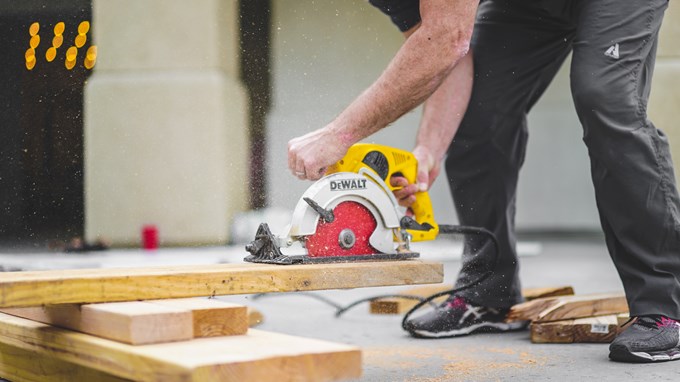New legislation exempting some building work from requiring a building consent under the Building Act 2004 takes effect from today, Monday 31 August.
Under the new legislation, exemptions may apply for some new or expanded types of low-risk building work, such as some sleep-outs, sheds, carports, small bridges, outdoor fireplaces and ground-mounted solar panels, depending on the size, height and location of the work.
The Ministry of Business Innovation and Employment (MBIE) has set out the criteria that need to be followed for each exemption here [PDF].
They have set out exemption guidelines and requirements for compliance, such as the involvement of a Licensed Building Practitioner or Chartered Professional Engineer.
Auckland Council welcomes these changes, but warns homeowners and owner-builders they still need to ensure their works comply with the building code and other legislative requirements, such as those under the Resource Management Act 1991 (specifically whether resource consent is required under the Auckland Unitary Plan or Hauraki Gulf Island District Plan), the Electricity Act 1992, Plumbers, Gasfitters and Drainlayers Act 2006 and the Health and Safety at Work Act 2015.
“We want to remind people that the new exemptions will still require critical compliance with these other aspects,” Building Consents General Manager Ian McCormick says.
“If owners undertake works that don’t comply, it may result in them having to remove a non-compliant structure or face legal action. And unlawful work may also affect their insurance policy.”
Ian says aspects that need to be considered in the design of a building include the height and location of the building, distances from boundaries and other buildings, the zoning of the area and how stormwater is collected and managed.
“There are also aspects of how the building is used that may be limited and should be considered,” he says.
“For example, a small building (up to 30m2) can only be used for sleeping if there is an existing dwelling on the site, and it cannot have any cooking or sanitary facilities.”
If in any doubt, homeowners and owner-builders should consult with a professional - such as a licensed building practitioner, Chartered Professional Engineer or your local council - to ensure proposed building works are safe, compliant and permitted within the Auckland Unitary Plan or Hauraki Gulf Island District Plan rules, or require a resource consent.
It’s also good practice to have a written contract with your builder that describes the services being provided. This helps if something goes wrong and you need to seek any form of redress.
Building owners may also wish to capture records within the Auckland Council system of exempt building works to be held against the property record for future owners. You can do that here [PDF].
For more information, building owners or builder-owners should follow MBIE advice and requirements for consents here [PDF].
For more information on whether your build needs resource consent under the Auckland Unitary Plan or Hauraki Gulf Islands District Plan, contact Auckland Council on 09 301 0101.


